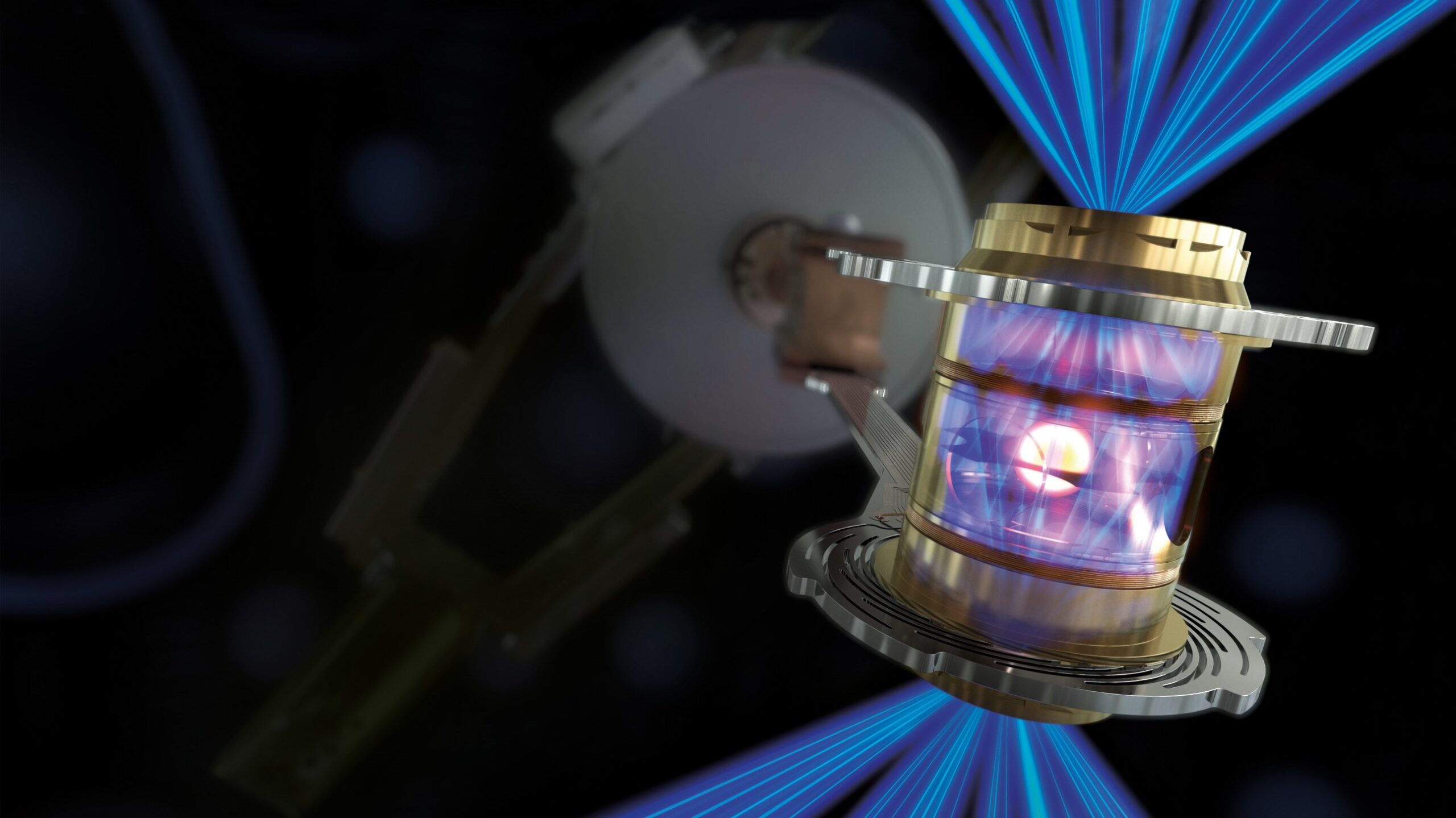Researchers at the Lawrence Livermore National Laboratory (LLNL), USA, were able to efficiently reproduce the same reaction that generates energy in stars and makes them shine: nuclear fusion. In this reaction, the atoms of a chemical element are combined, giving rise to atoms of another with greater mass—part of the initial mass is transformed into energy. Unlike in past attempts, this time the energy released was greater than the amount used to start the reaction. Announced on December 13, the result hinted at the possibility that clean energy could one day be produced by nuclear fusion. In the experiment, 192 laser beams focused on a 1-millimeter-long capsule and compressed the hydrogen inside it. In less than 100 trillionths of a second, 2 megajoules of energy bombarded the cylinder. As a result, about 3 megajoules (50% more energy) were released. But there are still obstacles to overcome. Although the laser beams contained less energy than the amount that resulted from the fusion reaction, the energy used to generate them was far, far higher, at 400 megajoules (New York Times, December 13).
RepublishEnergy
A replica of the Sun created in a lab

Laser beams focus on a capsule containing hydrogen atoms
Lawrence Livermore National Laboratory

